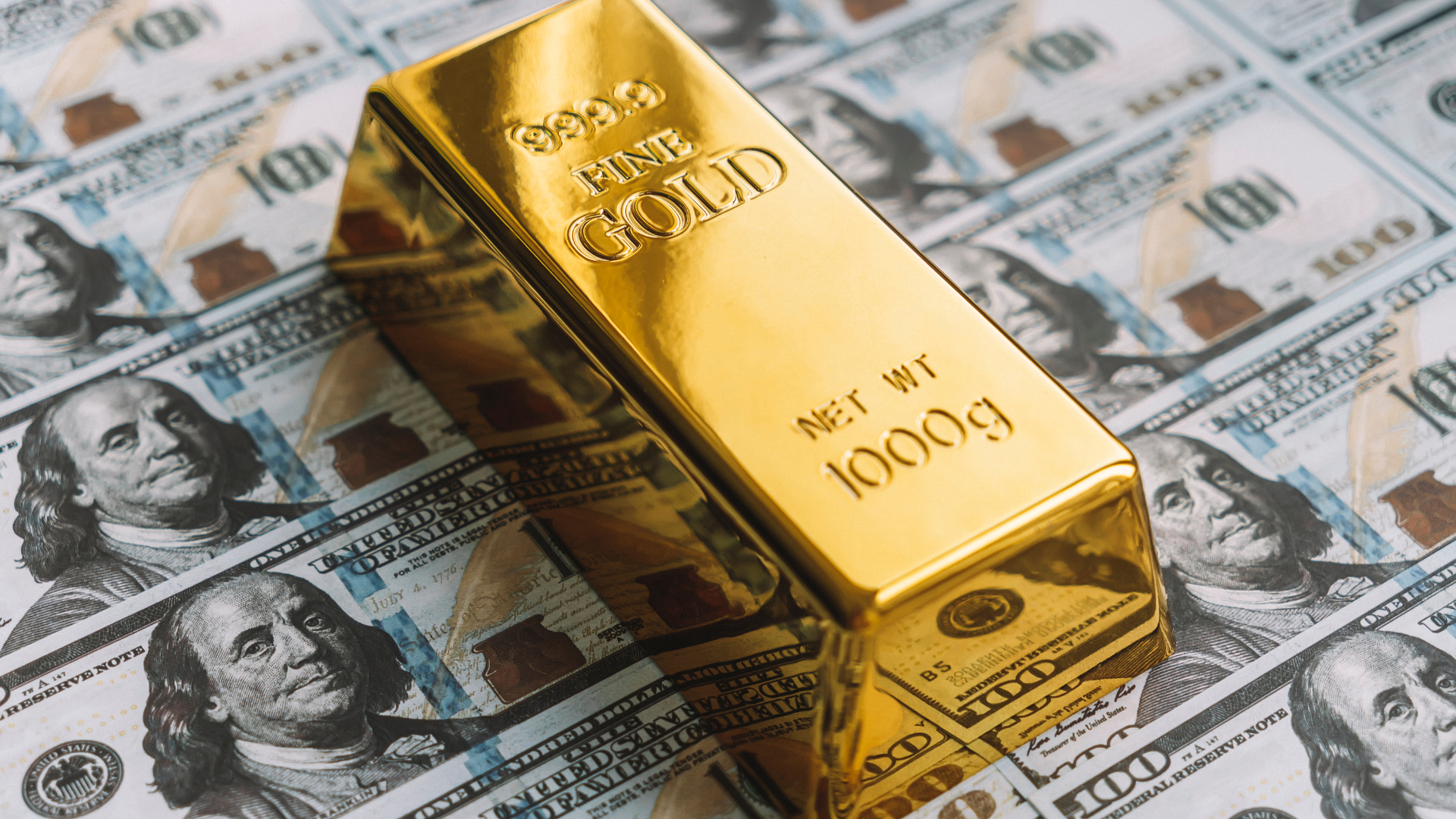

President Donald Trump’s announcement of sweeping reciprocal tariffs has significantly impacted global markets, including a notable effect on gold prices. With steep tariffs imposed on several major trading partners, including a total 54% tariff on Chinese imports, investors have reacted by shifting capital towards safe-haven assets like gold. As a result, the price of gold has surged, continuing its bullish trend in 2025.
Following Trump’s announcement, gold rose 1% to $3,143.39 an ounce, marking a 19% increase this year. The move comes as investors seek refuge from the economic turbulence that tariffs are expected to generate. Gold had already been on an upward trajectory, driven by a combination of global economic concerns, geopolitical instability, and increasing demand from emerging-market central banks. Trump’s tariffs have further accelerated this trend by adding a new layer of uncertainty to global trade and economic stability.
State Street Global Advisors SPDR strategists had already predicted that gold prices would continue trending upwards over the next six to nine months, potentially reaching $3,300-$3,400 per ounce. This projection is now more plausible given the heightened financial instability caused by the tariffs. Analysts highlight that the “key bullish theme for the 2025 gold trade seems to be financial flows catching up to robust physical demand in 2023-2024.”
Investor sentiment has been particularly influenced by concerns over a potential U.S. recession or stagflation. Trump’s aggressive trade policy, coupled with existing economic pressures, has intensified fears of slower global growth, further increasing gold’s appeal.
Chinese buying activity has also played a role in supporting gold prices. Chinese gold ETFs have added 233,000 ounces of gold in the past week, reinforcing demand for the precious metal. Additionally, the Shanghai Gold Exchange’s recent decision to allow Chinese life insurance companies to purchase gold has bolstered sentiment. These factors, combined with Trump’s tariffs, suggest that gold has little downside risk in the near term.
In response to Trump’s tariff policy, stock markets fell sharply. The SPDR S&P 500 ETF Trust (SPY) dropped 2.2%, while the Invesco QQQ Trust, which tracks the Nasdaq-100, declined by 3%. This stock market volatility has further driven investors towards gold as a safe-haven asset.
If trade tensions escalate further, gold prices could continue their upward trajectory. Analysts warn that while financial flows into gold are catching up with physical demand, any unexpected loosening in gold fundamentals, such as weaker-than-expected Chinese imports, could pose a risk. However, with global economic uncertainty remaining high, the bullish outlook for gold remains strong.
Trump’s tariffs have fundamentally reshaped investor sentiment, reinforcing gold’s position as a hedge against economic instability. As long as trade tensions persist and market volatility remains high, gold will likely continue to see increased demand and rising prices.